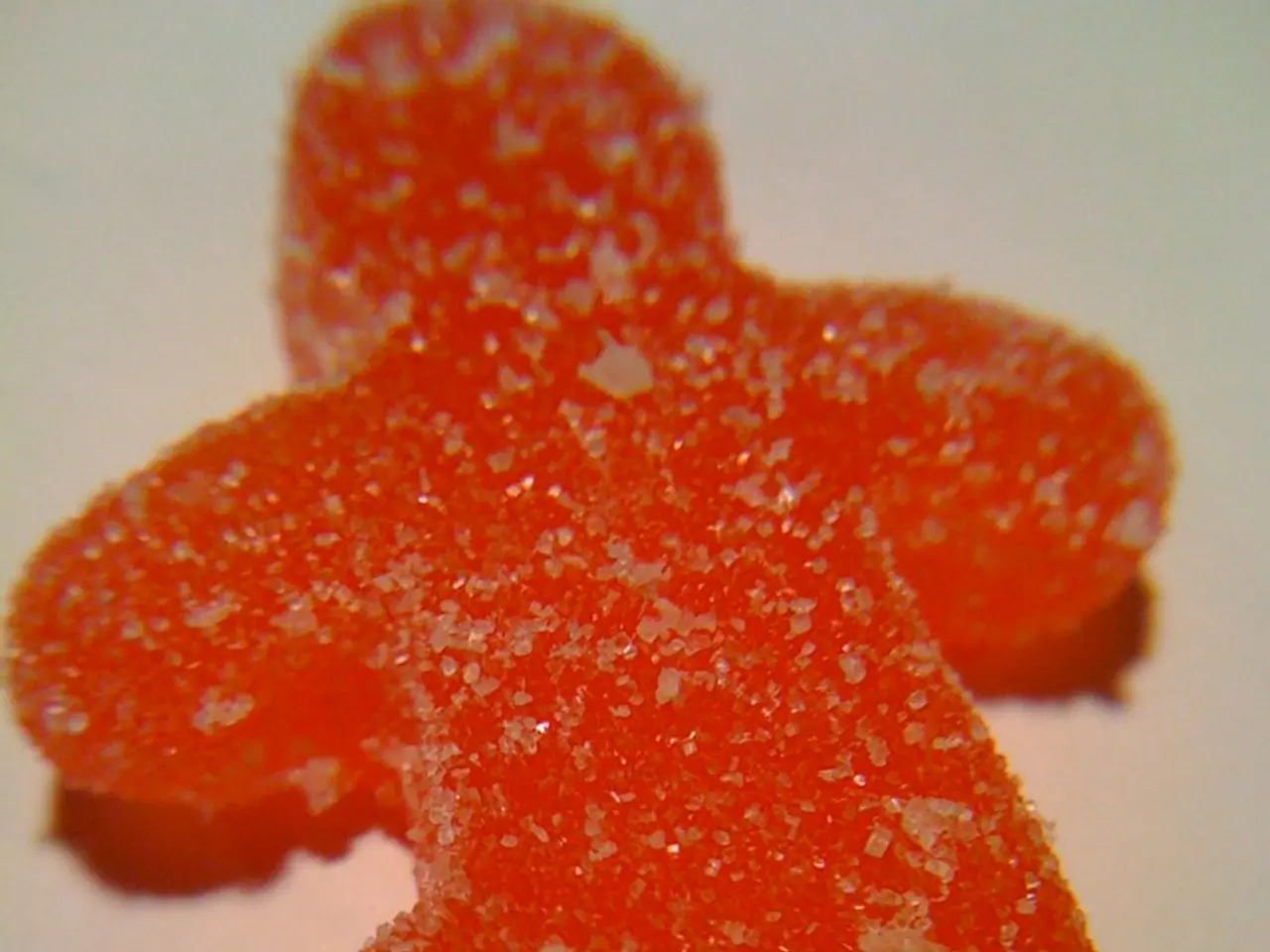Women's sexual concerns: Signs and remedies
In the realm of sexual health, it's essential to address the often-stigmatized topic of female sexual dysfunction. This article aims to provide a clear and straightforward understanding of the issue, its causes, symptoms, and potential treatments.
Female sexual dysfunction (FSD) encompasses a range of issues that can affect a woman's sexual experiences and intimate relationships. These may include pain during sex, low libido, difficulty experiencing pleasure, and difficulties with orgasm. It's crucial to remember that the severity of these symptoms can vary greatly, and not everyone may view them as an issue.
The causes of FSD are multifaceted, with a combination of psychological, hormonal, physical, and relational factors at play.
Hormonal Changes
Hormonal fluctuations, such as those experienced during menopause, pregnancy, childbirth, and breastfeeding, can significantly impact desire and arousal. For instance, low estrogen levels may make it difficult to achieve sufficient lubrication for sex and can cause the vaginal tissue to thin, making sex painful.
Psychosocial Factors
Relationship problems, stress, anxiety, depression, and a history of sexual trauma are psychosocial factors that can significantly impact sexual desire and satisfaction. These issues can elevate cortisol levels, which, in turn, suppress sex hormones and inhibit arousal.
Physical Health Conditions
Various physical health conditions, such as diabetes, cardiovascular diseases, and other illnesses that impair blood flow, can lower sexual function. Skin diseases like psoriasis and contact dermatitis can also affect the tissue of the vulva, vagina, and surrounding areas, making sexual contact painful.
Medications and Substance Use
Some medications and substance use, including certain prescription drugs, alcohol, and tobacco, can adversely affect libido and sexual performance.
Age-Related Changes
Aging affects hormone levels and genital sensation, contributing to FSD.
Sleep Problems and Fatigue
Sleep problems and fatigue can reduce hormone production and sexual interest.
Pelvic organ prolapse, a condition where weakness in the pelvic floor causes the pelvic organs to drop down into the vagina, can also cause sexual pain.
Treating FSD requires a comprehensive understanding of the person's treatment goals and needs, as well as the likely underlying cause. This may involve medical evaluation, managing mental health, hormone therapy when appropriate, lifestyle changes, and relationship counseling.
In some cases, conditions like dyspareunia (pain during sex), female orgasmic disorder (FOD), female sexual interest/arousal disorder (FSIAD), persistent genital arousal disorder, vaginismus, and endometriosis may require specific treatments.
Prevention strategies include getting adequate sex education, communicating effectively about sex, showing daily affection in relationships, using contraception, having a positive body image, exercising, and getting regular check-ups with a doctor.
A 2018 study estimates a worldwide prevalence of 41% among females of reproductive age for sexual dysfunction. However, it's important to remember that seeking help and addressing these issues can lead to significant improvements in sexual experiences and intimate relationships for many people.
[1] Mayo Clinic. (2021). Female sexual dysfunction. Retrieved from https://www.mayoclinic.org/diseases-conditions/female-sexual-dysfunction/symptoms-causes/syc-20354865
[2] American College of Obstetricians and Gynecologists. (2020). Sexual dysfunction in women: diagnosis and management. Retrieved from https://www.acog.org/clinical/clinical-guidance/committee-opinion/articles/2020/07/sexual-dysfunction-in-women-diagnosis-and-management
[3] National Institutes of Health. (2021). Stress and sexual health. Retrieved from https://www.ncbi.nlm.nih.gov/books/NBK532968/
[4] National Institute on Aging. (2021). Menopause: What women need to know. Retrieved from https://www.nia.nih.gov/health/menopause-what-women-need-know
[5] Lundström, P. (2018). Prevalence and predictors of sexual problems in women. Acta Obstetricia et Gynecologica Scandinavica, 97(8), 833-841. doi: 10.1111/aogs.13216
- Understanding pelvic health and women's sexual health is vital for addressing female sexual dysfunction (FSD) caused by factors like hormonal changes, psychosocial issues, physical health conditions, medications, aging, sleep problems, and pelvic organ prolapse.
- To treat FSD, a collaborative approach is critical, including medical evaluation, managing mental health, hormone therapy, lifestyle changes, and relationship counseling for conditions like dyspareunia, female orgasmic disorder, female sexual interest/arousal disorder, persistent genital arousal disorder, vaginismus, and endometriosis.
- Preventive measures such as adequate sex education, effective communication, showing daily affection, using contraception, maintaining a positive body image, exercise, and regular doctor visits can help promote sexual health and wellness for women.




